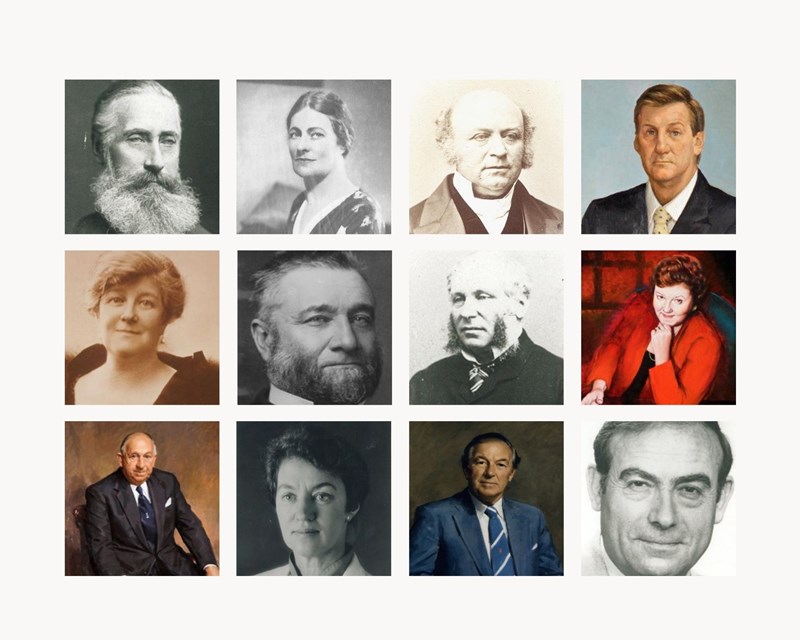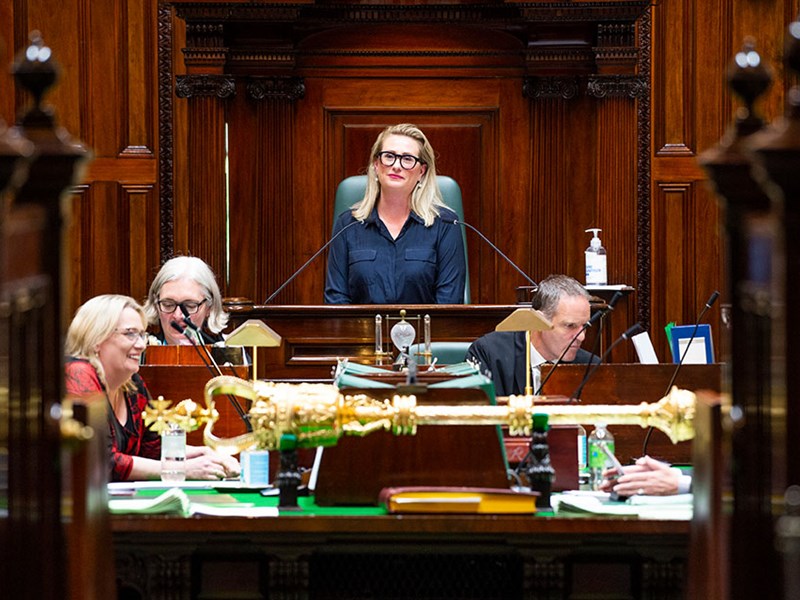Women in Parliament
Learn about the fight for women's suffrage, and discover the extraordinary Victorian women who have changed our Parliament and our state.
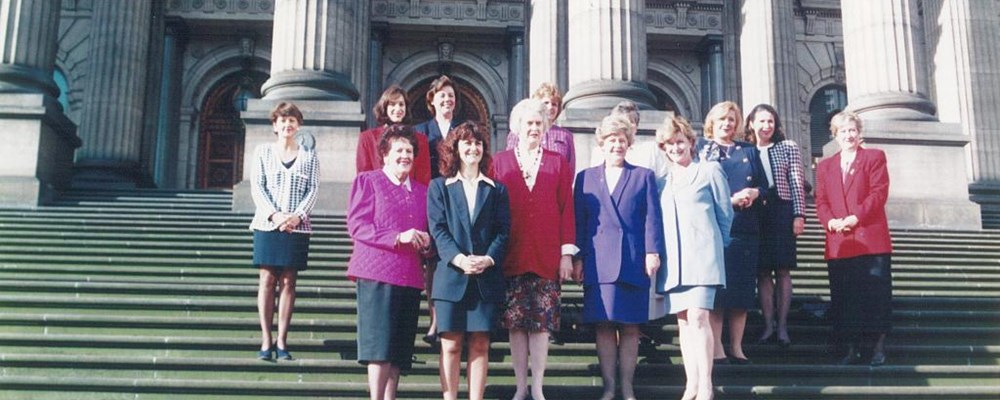
On this page
Introduction
Victoria’s first colonial lawmakers did not consider women’s voting rights when they drafted the Victorian Constitution in 1853-54. A woman's place was seen to be in the home, not in the public sphere, and many believed that women lacked the temperament or intellect to engage with broader political issues.
It would be more than 50 years before the Victorian Parliament passed a women’s suffrage law, and even longer before all Victorian women were granted the right to vote and stand for the Victorian Parliament.
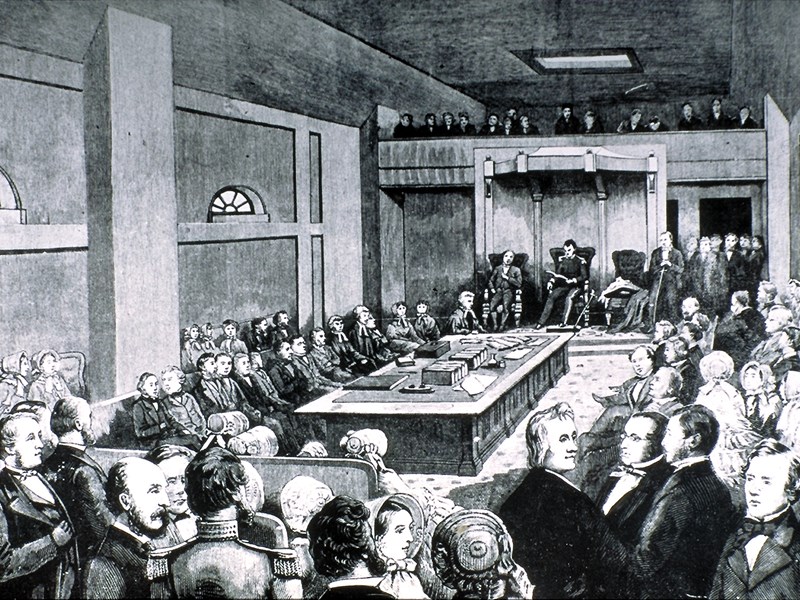
Granted the right ... by mistake
In 1863, some Victorian women were accidentally given the right to vote. The Parliament passed a law allowing all ratepayers listed on local municipal rolls to vote in Assembly elections, not realising that local laws allowed female ratepayers to be listed.
The next year, many women took advantage of the oversight, casting their votes for the first time. But it was a short-lived victory. In 1865, following a brief debate, Parliament passed the Electoral Law Consolidation Act 1865, restricting the vote to male ratepayers only.
The Women's Suffrage 'Monster' Petition
In 1891, nearly 30,000 Victorians made history by signing the Women's Suffrage Petition, a landmark moment in the fight for equality.
The 260 metre-long “monster” petition brought their collective voice to Parliament, demanding the right to vote and sparking a movement that reshaped Australia's political landscape.
The petition has been digitised and transcribed and is available to search.
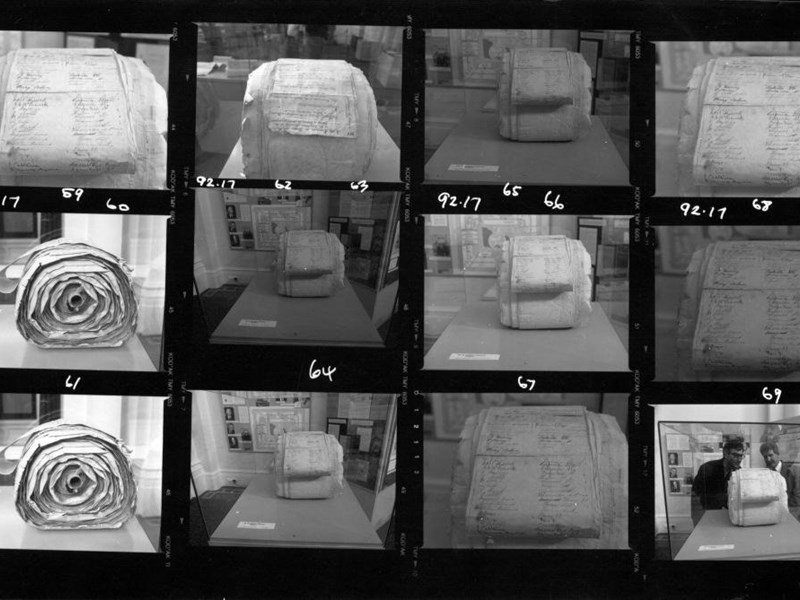
Gaining the right and using it
In 1908 a bill was presented to Parliament which would give women the right to vote. It was the 19th bill relating to women’s suffrage since 1889.
By now, the Commonwealth and every other state in Australia had passed women’s suffrage laws. Regardless, there was continued resistance to giving women the right to vote, and an anti-suffrage petition with 23,000 signatures was tabled in Parliament.
The bill was passed on 24 November 1908. On 16 November 1911 non-Indigenous women were able to vote in the Victorian state election.
Although 1908 is recognised as the year that women in Victoria won the right to vote, it is important to acknowledge that Aboriginal and Torres Strait Islander women had to wait until 1962 to gain the same right at a state and federal levels.
Women enter Parliament
The Parliamentary Elections (Women Candidates) Act passed in 1923 and the following year Alicia Katz stood as the Australian Labor Party candidate for the Legislative Assembly seat of Barwon.
The years 1933 to 1948 saw three women serve as members of the Victorian Parliament: Millie Peacock, Ivy Weber and Fanny Brownbill. But as men returned from World War II, women were expected to resume domestic roles. From 1948 until 1967 there were no female members.
In 1967 Dorothy Goble was elected to the Legislative Assembly. For her entire nine years in Parliament she was the sole female member. At the 1976 election Jeanette Patrick was the only woman to win a seat.
1977 was a landmark year for women in the Parliament of Victoria. In May, royal assent was given to the Equal Opportunity Act 1977, outlawing discrimination on the basis of sex and marital status. That November, Pauline Toner joined Jeanette Patrick in the Assembly. There would never again be only one woman in Parliament.
Women’s participation in politics continues to grow. Our women members today are from a range of backgrounds, and some have held key positions in the Parliament, including Speaker, President and Premier.
The Parliamentary Library research paper 'Surely it would be a good thing': Women in the Victorian Parliament provides an overview of the debates that led to legislative change and a summary of Alicia Katz’s experience as Victoria’s first female state-election candidate.
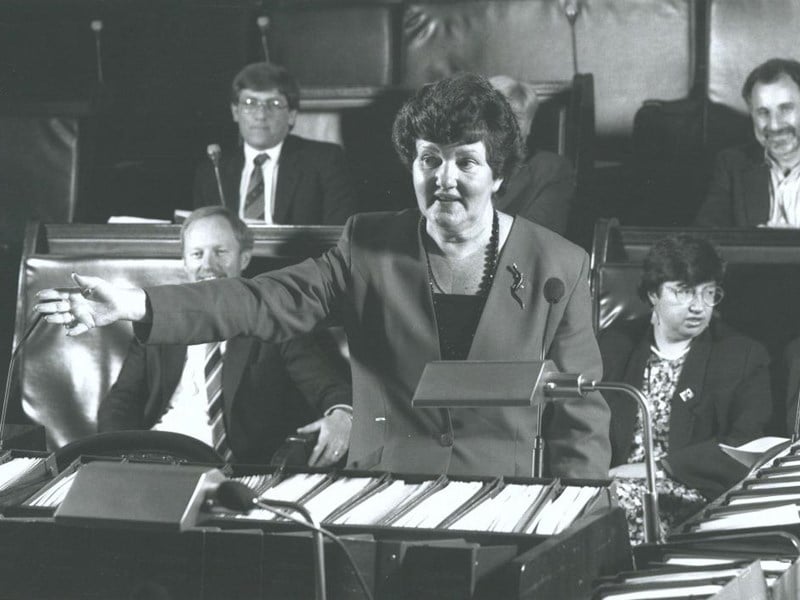
First women
Learn more about the extraordinary Victorian women who have made history in our Parliament.
Vida Goldstein: Parliamentary candidate (1903)Victorian-born social reformer and suffragist Vida Goldstein (Independent candidate for the Senate) made history as the first woman to stand for election to a national Parliament. Though she was unsuccessful, Goldstein stood a further four times for the Australian Parliament, the last in 1917. A memorial plaque to Vida Goldstein can be found in the Parliament of Victoria gardens.
Alicia Katz (Labor candidate for Barwon) was one of the founding members of the Labor Party's Women's Organising Committee and was known as an excellent public speaker and 'vigorous advocate of women's rights’. Katz had little time to campaign as women were only granted the right to stand for Victorian Parliament a few weeks before the election. Although defeated, Katz managed to garner 30.46 per cent of the vote.
Lady Millie Peacock (member for Allandale, United Australia Party) won her seat in a by-election created by the death of her husband, sitting member and former Premier Alexander Peacock. Peacock had played a high-profile role in her husband's 44-year political career and was well respected in her own right as a member of the Red Cross, the Ladies Benevolent Society, and the Children’s Welfare Association.
In 1934, Peacock made her first, and only, speech to Parliament in support of the Factories and Shops Bill. It was a policy area that she was passionate about and that had been of special interest to her husband. Peacock did not seek re-election and retired in 1935.
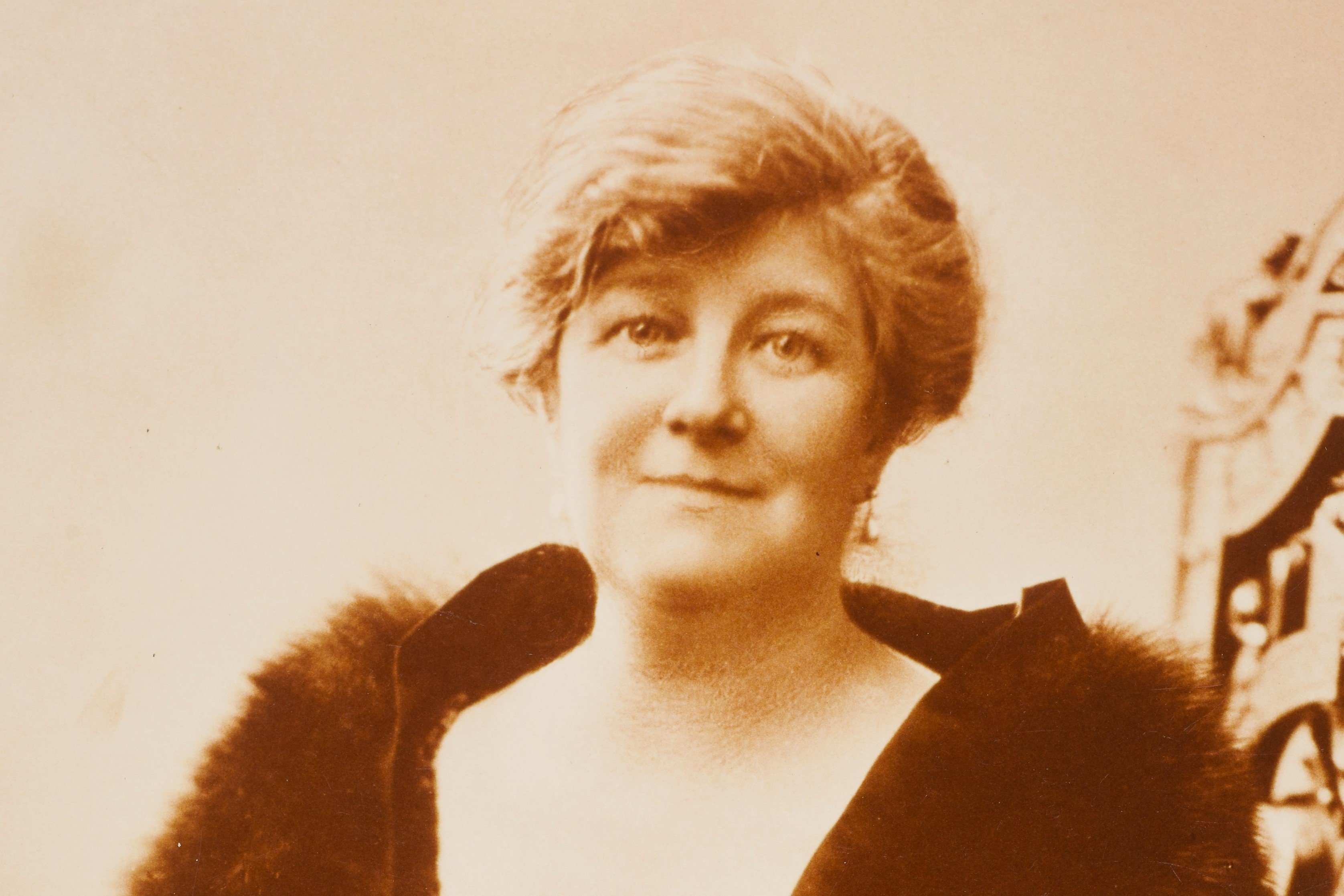
Ivy Weber (member for Nunawading, Independent) was the founding President of the Victorian League of Women Electors. The group endorsed Weber's campaign, and a team of dedicated volunteers was vital to her winning the election.
In Parliament Weber successfully lobbied for female representation on government boards and the appointment of a woman to the Housing Commission. She also advocated for free education, a national health scheme, and housing for families. In 1942 Weber became the first president of the Women for Canberra Movement (WFCM), which advocated for female candidates standing for federal Parliament. The following year, she resigned to contest the federal seat of Henty. She lost decisively, and her loss in the state election two years later marked the end of her career in politics.
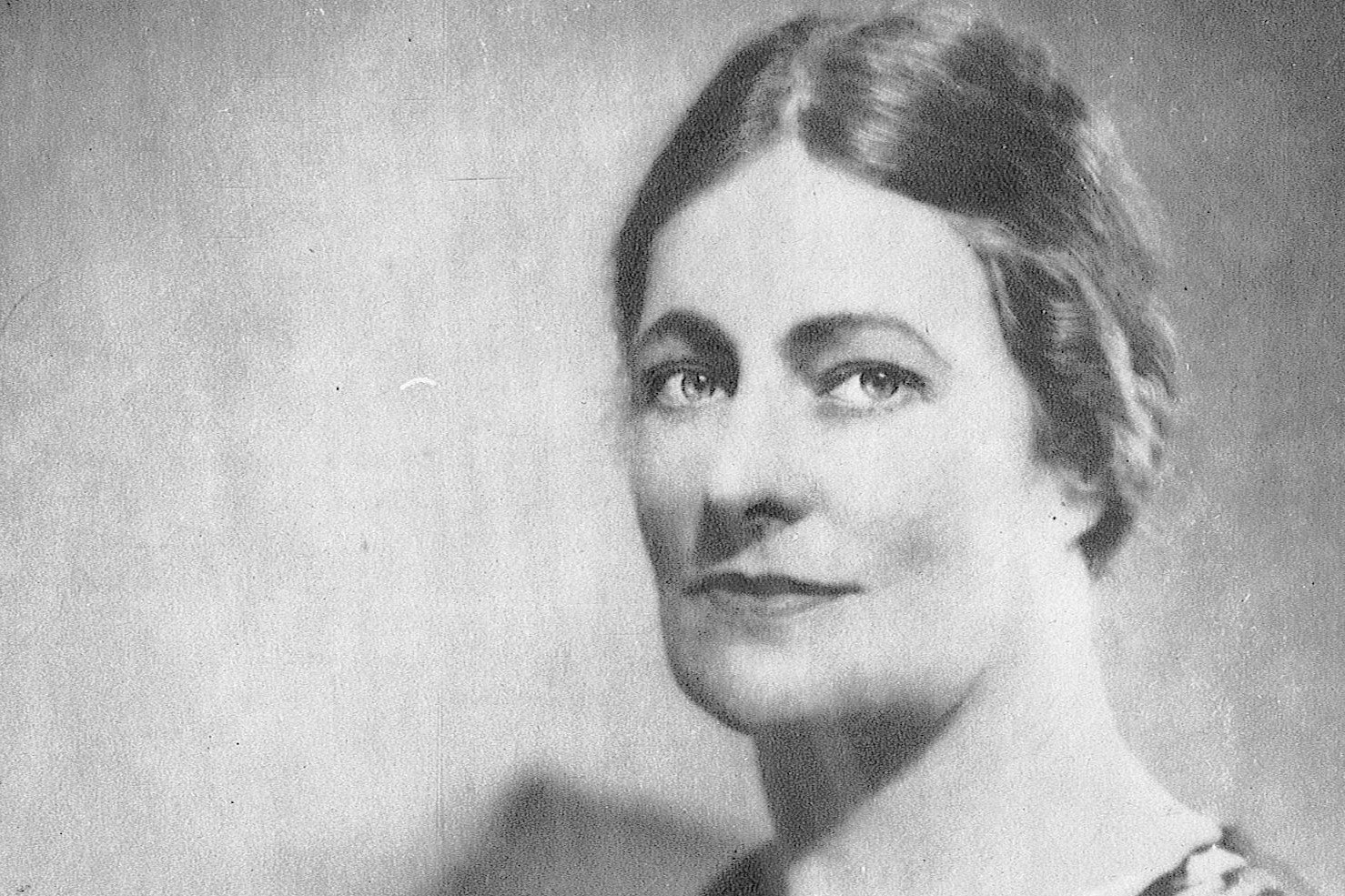
Fanny Brownbill (member for Geelong, Labor) won a by-election created by the death of her husband, William Brownbill. As a member, she took an active role in caring for the community, delivering home-cooked meals to those in need and regularly visiting Geelong's poorest families. During World War II she took a leading role in the local branches of the Australian Red Cross Society and the Australian Comforts Fund. From 1943 onwards, Brownbill was the sole female member of Parliament. She died in 1948 while in office. It would be 29 years before another woman was elected to the Parliament of Victoria.
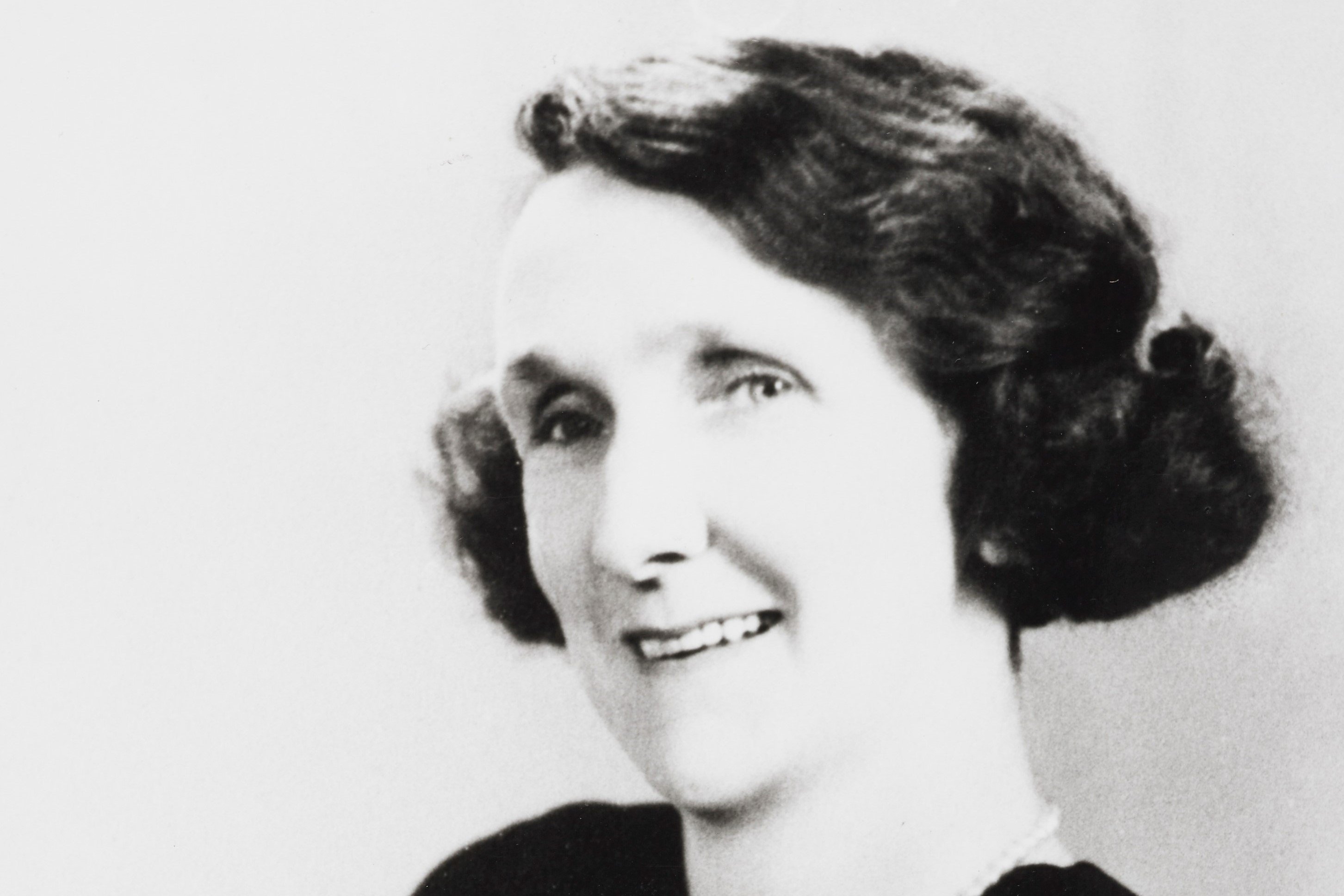
Grace Stratton (Independent candidate for Higinbotham) advocated for the allocation of state lottery funds to help hospitals, scrapping the upcoming Olympic Games in Melbourne in favour of increased housing stock, and penalties for bakers who delivered poor quality bread. She won 41.29 per cent of the votes. Stratton contested again in 1958 but was unsuccessful.
Dorothy Goble (member for Mitcham, Liberal) had wide-ranging interests including social welfare, health, consumer affairs, education, and the needs of children with intellectual disabilities. She helped create reforms that ensured women had the same rights as men to serve on juries and to be admitted at the same level as men in the Victorian public service.
For the entirety of her time in Parliament Goble was the only female member. She retired in 1976.
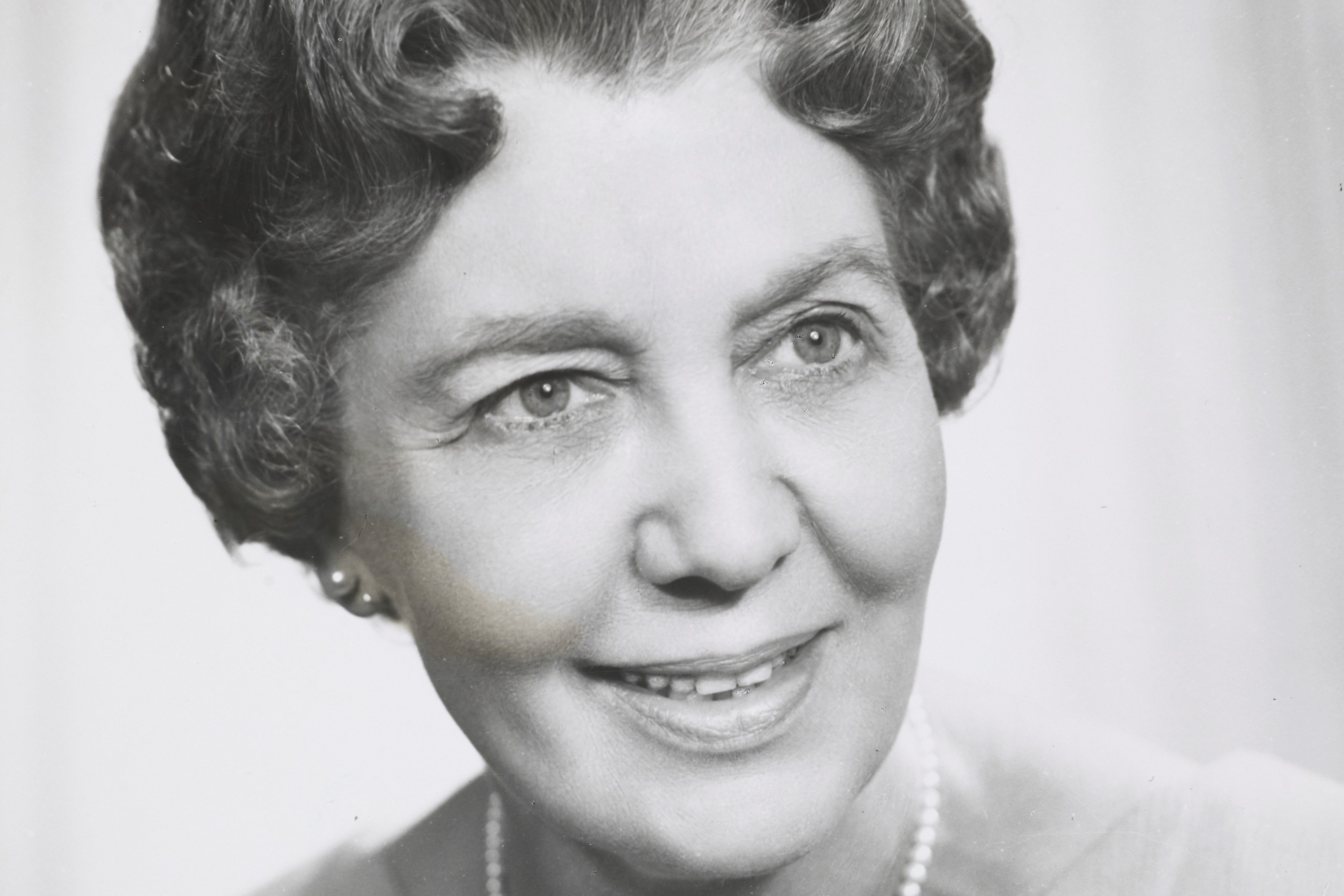
In 1979 Gracia Baylor and Joan Coxsedge became the first women elected to the Victorian Legislative Council.
Gracia Baylor (Boronia Province, Liberal) initiated the car safety baby capsules program, and helped to save part of the historic Queen Victoria Memorial Hospital. She held her seat until 1985, when she resigned to contest a seat in the Assembly, in doing which she was unsuccessful. Baylor was the President of the National Council of Women of Australia from 1997 to 2000.
Joan Coxsedge (Melbourne West, Labor) spoke out on women's rights as well as topics such as worker exploitation, Indigenous rights, saving Victoria's heritage and her opposition to militarism and imperialism. After leaving Parliament in 1992 Coxsedge remained politically active and was involved in arts organisations in the western suburbs of Melbourne.
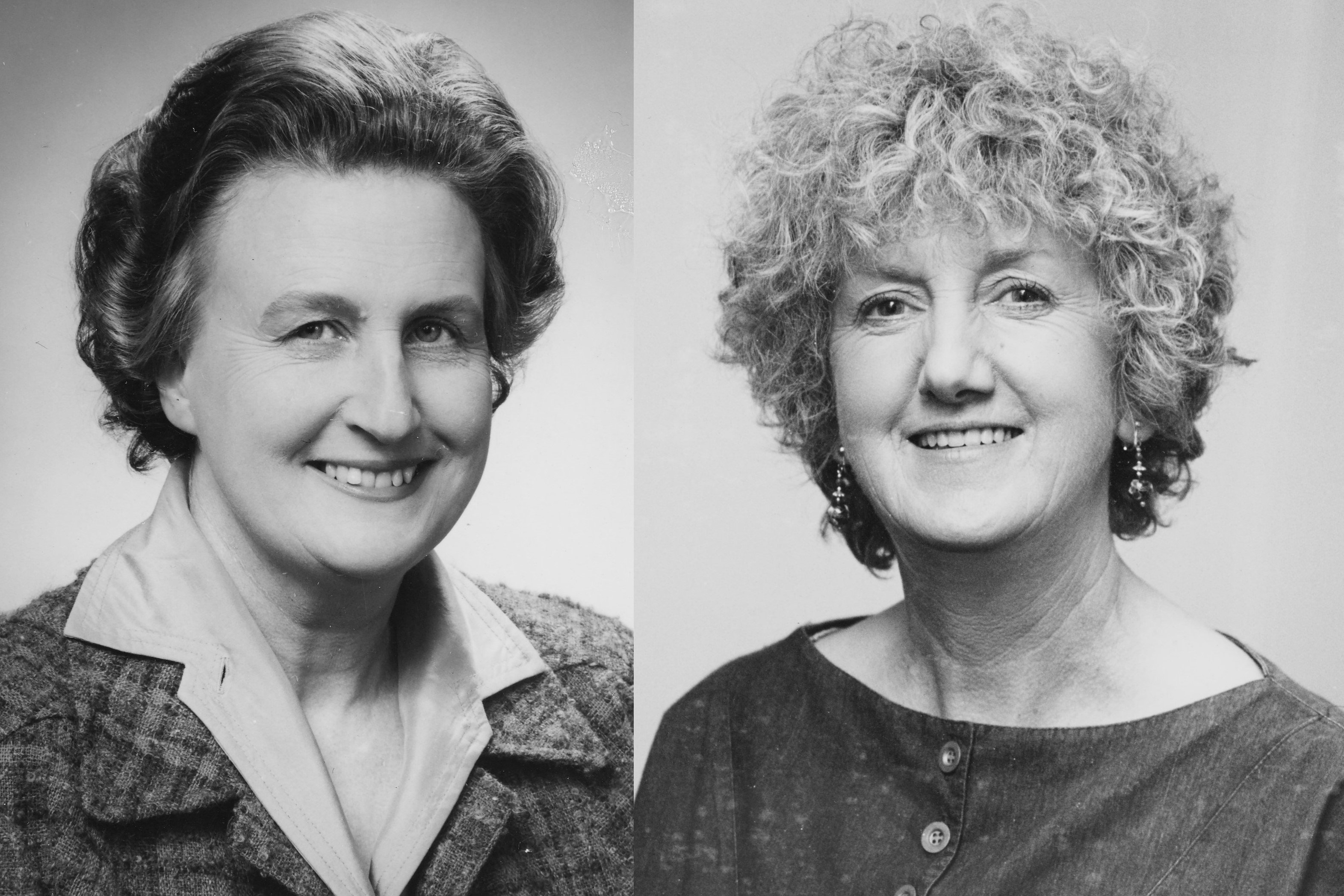
Pauline Toner (member for Greensborough, Labor) served as the Minister for Community Welfare Services, a portfolio encompassing areas such as child welfare, adoption and prison reform. One of Toner's most significant achievements was the Adoption Act 1984, which gave adult adoptees the right of access to information about their origins. She also guided the establishment of foster care programs and the Victorian Prison Industries Commission.

Joan Kirner (member for Williamstown, Labor) became Premier in 1990, following the resignation of John Cain Jr. She held the position until 1992.
Kirner was first elected to the Council in 1982, before her election to the Assembly in 1988. Her achievements in Parliament included co-founding community-based movement Landcare, instituting the Victorian Certificate of Education (VCE) and reforming sexual assault legislation. In addition to her groundbreaking term as Premier, Kirner was also Victoria's first female Deputy Premier, and female Leader of the Opposition.
Resigning from Parliament in 1994, Kirner was elected president of the Victorian ALP. Until her death in 2015 she remained actively involved in organisations committed to increasing the participation of women in politics.
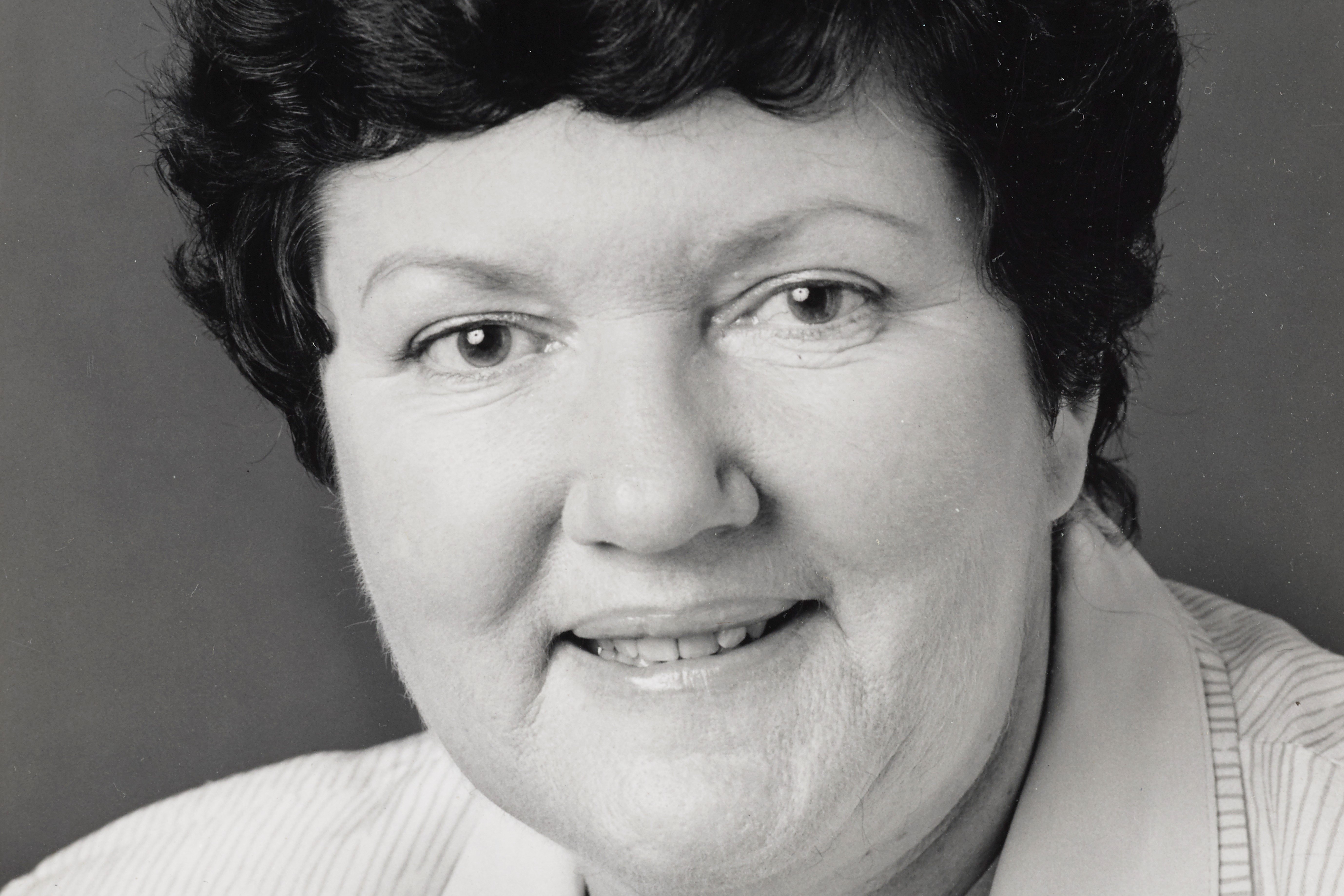
First woman of a non-English speaking background elected to the Parliament of Victoria: Licia Kokocinski (1988).
First female National Party member elected to the Parliament of Victoria: Elizabeth Jeanette Powell (2002).
First female Speaker of the Legislative Assembly: Judy Maddigan (2003).
First female President of the Legislative Council: Monica Gould (2003).
First female Victorian Greens members elected to the Parliament of Victoria: Sue Pennicuik and Colleen Hartland (2006).
First Indigenous woman elected to the Parliament of Victoria: Lidia Alma Thorpe (2017).
